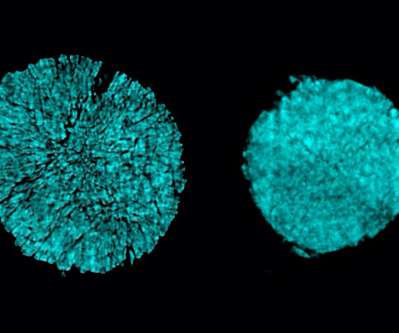Researchers Develop Solid-State, Rechargeable Lithium-Air Battery; Potential to Exceed 1,000 Wh/kg
Green Car Congress
NOVEMBER 21, 2009
Sample UDRI solid-state, rechargeable lithium-air batteries, and Dr. Binod Kumar. Engineers at the University of Dayton Research Institute (UDRI) have developed a solid-state, rechargeable lithium-air battery. Click to enlarge. Binod Kumar, leader of UDRI’s electrochemical power group.























Let's personalize your content